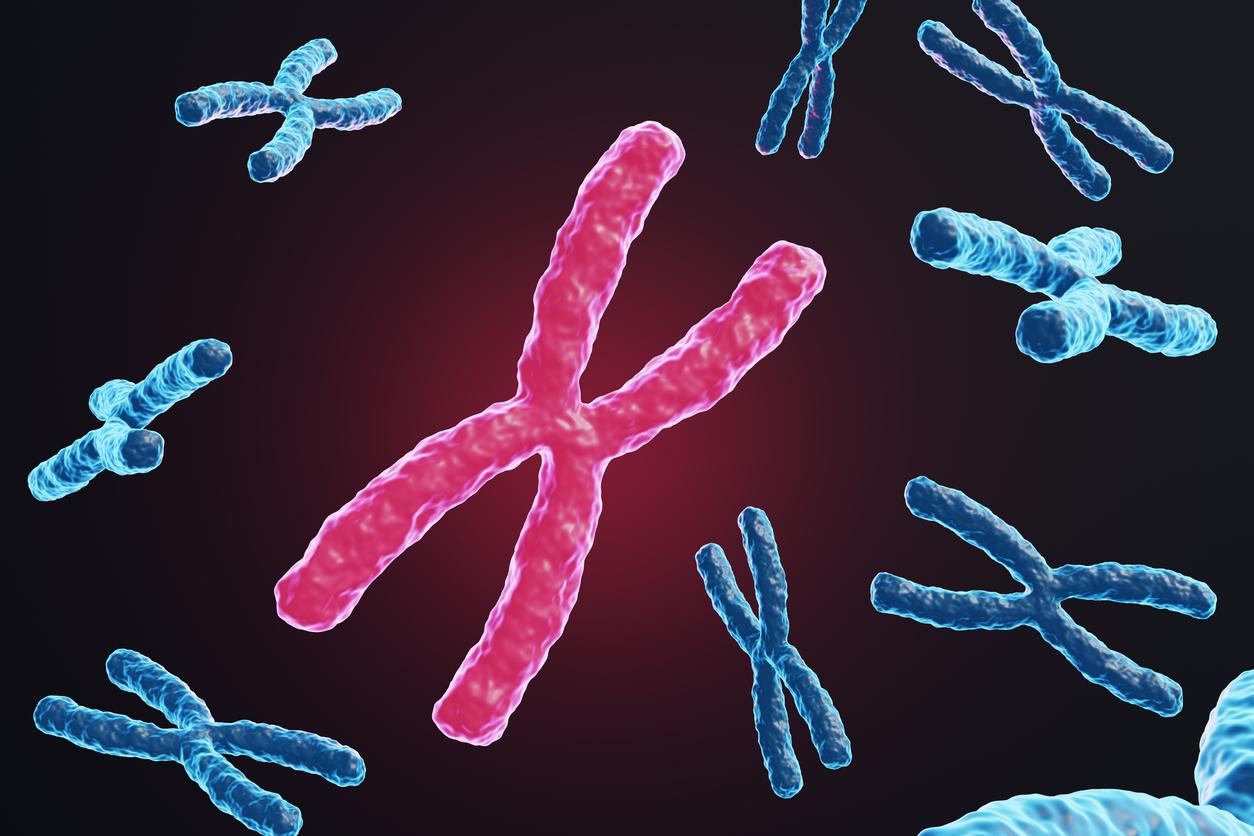One of the known hallmarks of Alzheimer’s disease is the buildup of abnormal structures called “amyloid plaques” between nerve cells in the brain. But the beta-amyloid protein also exists in several other forms (including a soluble form) in the brains of people with the disease.
It is this different but more formidable form for the brain that scientists from the University of Leicester (Great Britain) and Göttingen (Germany) have targeted for the development of a vaccine, which has the instant only tested on mice. But, good news, when the team tested this vaccine based on modified amyloid beta protein, the researchers discovered that the mice that received it produced antibodies, they announce in Nature magazine.
Using imaging techniques similar to those used to diagnose Alzheimer’s disease in humans, researchers observed the brains of mice and found that these antibodies helped restore neuronal function (and memory loss ) and reduced the formation of beta-amyloid plaques.
“If these results were replicated in human clinical trials, it could be transformative,” said Professor Mark Carr, an expert in structural and chemical biology at the University of Leicester, who co-authored the study.
Source : Discovery of a novel pseudo β-hairpin structure of N-truncated amyloid-β for use as a vaccine against Alzheimer’s diseaseMolecular psychiatry, November 2021
Read also :
- Alzheimer’s: 10 daily habits that increase the risk
- Alzheimer’s disease does not always start with memory lapses
- Loss of orientation, a sign of Alzheimer’s disease
- Alzheimer’s disease: a compound in basil would prevent the disease
















